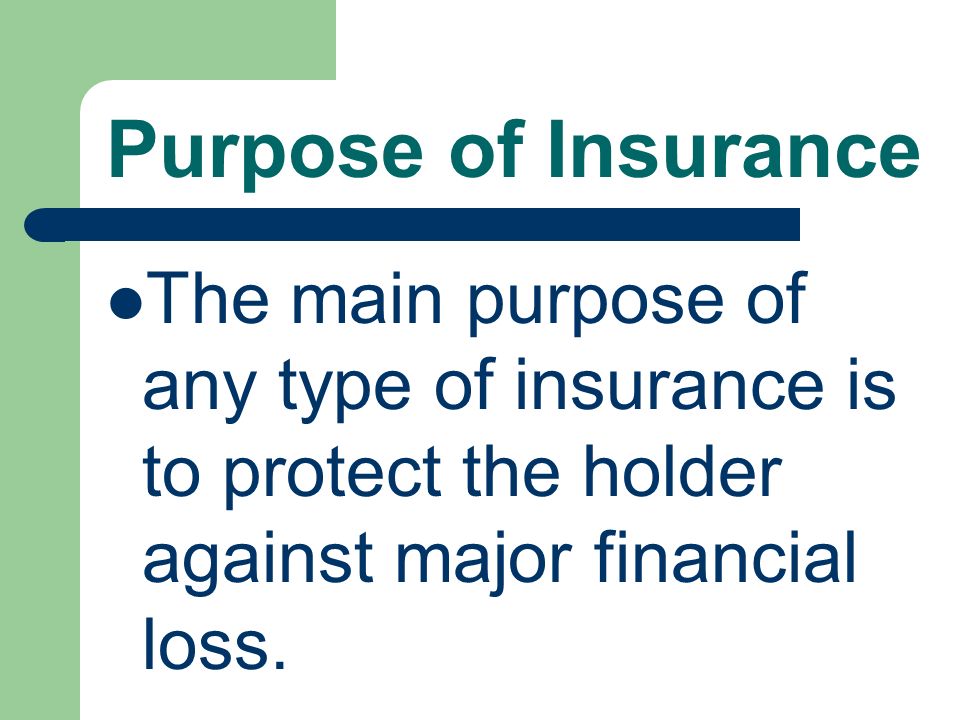The Ultimate Guide To Pacific Prime
The Ultimate Guide To Pacific Prime
Blog Article
Not known Details About Pacific Prime
Table of ContentsThe Only Guide to Pacific PrimeRumored Buzz on Pacific PrimeSome Known Details About Pacific Prime Some Known Incorrect Statements About Pacific Prime Facts About Pacific Prime Revealed

This is due to the fact that the data were accumulated for a duration of solid economic efficiency. Of the approximated 42 million individuals who were uninsured, all however regarding 420,000 (regarding 1 percent) were under 65 years old, the age at which most Americans come to be eligible for Medicare; 32 million were adults in between ages 18 and 65, about 19 percent of all grownups in this age; and 10 million were children under 18 years of age, about 13.9 percent of all youngsters (Mills, 2000).
These estimates of the number of persons without insurance are generated from the annual March Supplement to the Present Populace Survey (CPS), carried out by the Census Bureau. Unless or else noted, national quotes of people without medical insurance and percentages of the population with different sort of insurance coverage are based upon the CPS, one of the most commonly utilized resource of estimates of insurance protection and uninsurance prices.
More About Pacific Prime

Still, the CPS is especially beneficial because it produces annual estimates relatively quickly, reporting the previous year's insurance coverage estimates each September, and because it is the basis for a consistent set of quotes for even more than two decades, permitting evaluation of fads in insurance coverage in time. For these factors, along with the considerable usage of the CPS in various other research studies of insurance coverage that are offered in this report, we rely upon CPS estimates, with limitations kept in mind.

The price quote of the number of uninsured individuals increases when a populace's insurance coverage condition is tracked for a number of years. Over a three-year duration starting early in 1993, 72 million individuals, 29 percent of the united state population, were without coverage for at the very least one month. Within a solitary year (1994 ), 53 million people experienced at the very least a month without insurance coverage (Bennefield, 1998a)
6 out of every ten without insurance grownups are themselves employed. Working does boost the possibility that one and one's household participants will have insurance policy, it is not a warranty. Also members of families with two full-time breadwinner have virtually a one-in-ten opportunity of being uninsured (9.1 percent without insurance price) (Hoffman and Pohl, 2000).
Facts About Pacific Prime Revealed
New immigrants represent a considerable percentage of people without medical insurance. One analysis has actually connected a significant section of the current development in the size of the U.S. without insurance populace to immigrants that showed up in the nation in between 1994 and 1998 (Camarota and Edwards, 2000). Recent immigrants (those that pertained to the United States within the previous 4 years) do have a high rate of being without insurance (46 percent), but they and their youngsters make up simply 6 percent of those without insurance coverage country wide (Holahan et al., 2001).
The connection in between medical insurance and accessibility to care is well developed, as documented later on in this chapter. The partnership between health insurance and health outcomes is neither straight nor simple, an extensive scientific and wellness services research study literary works links health and wellness insurance protection to improved access to care, better quality, and improved personal and populace health status.
Degrees of analysis for checking out the effects of uninsurance. This conversation of health and wellness insurance policy coverage focuses primarily on the united state population under age 65 due to the fact that essentially all Americans 65 and older have Medicare or other public protection. It concentrates especially on those without any type of health and wellness insurance policy for any kind of size of time.
A Biased View of Pacific Prime
The issues dealt with by the underinsured are in some areas comparable to those encountered by the without insurance, although they are normally much less serious. expat insurance. Uninsurance and underinsurance, however, entail distinctly different plan concerns, and the methods for addressing them may vary. Throughout this research study and the five records to comply with, the major focus gets on individuals without any medical insurance and thus no support in paying for wellness treatment beyond what is available through charity and safeguard organizations
Health insurance is a powerful factor impacting receipt of treatment since both individuals other and medical professionals reply to the out-of-pocket rate of services - https://anotepad.com/notes/23abm5wr. Health insurance, nonetheless, is neither required nor adequate to get to medical services. However, the independent and direct effect of medical insurance protection on access to wellness solutions is well developed.
Others will get the health care they require even without health insurance, by spending for it expense or seeking it from providers that offer treatment cost-free or at extremely subsidized prices. For still others, medical insurance alone does not make sure invoice of care since of other nonfinancial barriers, such as a lack of health care companies in their neighborhood, restricted access to transportation, illiteracy, or etymological and social differences.
Indicators on Pacific Prime You Should Know
Official research about without insurance populaces in the USA dates to the late 1920s and very early 1930s when the Committee on the Cost of Medical Treatment generated a collection of reports concerning funding medical professional office check outs and hospitalizations. This concern became prominent as the numbers of medically indigent climbed up during the Great Anxiety.
Report this page